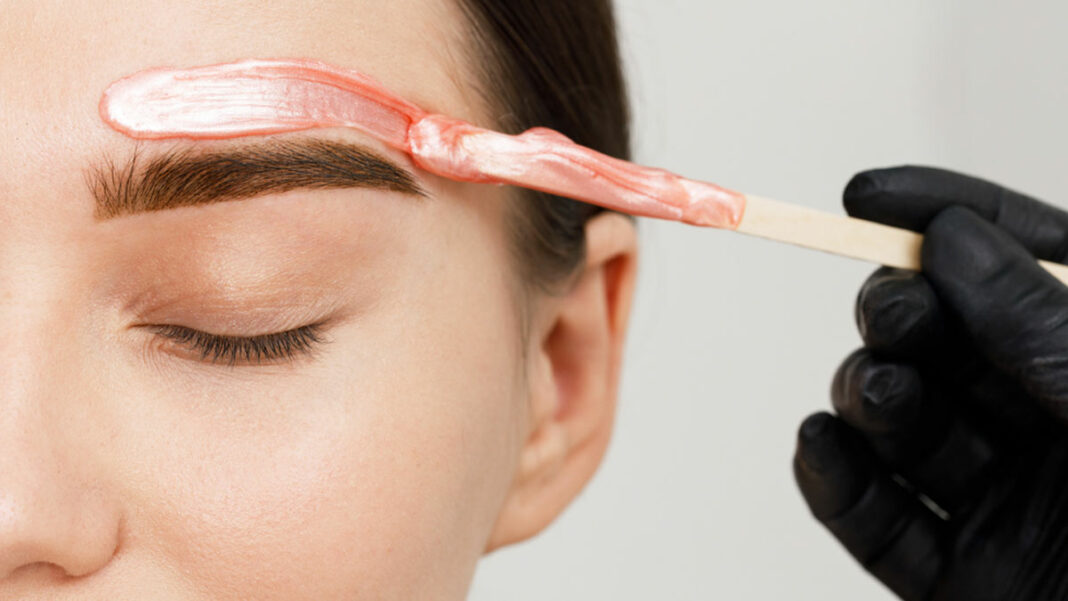Facial waxing is a popular choice for achieving smooth, hair-free skin. But let’s be honest, it’s not exactly a walk in the park. While the results can be fantastic, waxing can also lead to irritation, redness, and even ingrown hairs if not done correctly. The good news is, that there are steps you can take to minimise the risk of skin damage and ensure a smooth (pun intended) after-waxing experience. Talking to the Onlymyhealth team, Dr Ajay Deshpande, Senior Dermatologist, Sahyadri Super Speciality Hospital, Deccan Gymkhana, Pune shared the downsides of waxing your face and ways that can help you minimise this damage. Does Face Waxing Damage Your Skin? Dr Deshpande said, “The most common side effects of waxing are temporary redness, swelling, and small bumps known as folliculitis. These issues affect all skin types.” Talking about the downsides of face waxing for different skin types, he shared: Sensitive Skin: Waxing to remove facial hair from sensitive skin can cause redness, irritation, and welts or burns if the wax is too hot or contains irritative ingredients. Acne-Prone Skin: This type of skin is at risk of worsening existing acne or triggering new breakouts through irritation and pulling during waxing, which can open pores and cause bacteria to spread. Dry or Mature Skin: This skin type is more susceptible to tearing, irritation, and inflammation because the skin may be less supple and more fragile. Hyperpigmentation-Prone Skin: Skin prone to hyperpigmentation and particularly darker skin types, may develop post-inflammatory hyperpigmentation as it heals from the trauma of waxing. Tips To Minimise Skin Damage Due To Face Waxing When getting hair removed from your face, skin care includes a three-step approach that covers pre-, during, and post-face waxing steps to minimise damage: Pre-Waxing Prep The first approach is to prepare your skin. Dr Deshpande listed a few steps: It’s important to start with a dry, clean face to reduce inflammation. When waxing your face, it is important to make sure the wax sticks to your hair rather than your skin. A little talcum powder can help you with this. Minimising Discomfort “To minimise discomfort and prevent excessive skin pulling, maintain firm skin when waxing,” said Dr Deshpande. “Reactions can also be significantly decreased by using premium wax designed for sensitive skin. To prevent burns, make sure the wax is warm, not hot, by testing its temperature on your wrist first,” he added. Post-Waxing Care is Crucial The most crucial step comes after you have waxed your face. Practice these two steps listed by Dr Deshpande: Aloe vera or a light lotion applied to the skin after waxing helps soothe it and lessen redness and irritation. The sun should also be avoided on the waxed areas because newly waxed skin is extremely sensitive to UV rays. Dr Deshpande concluded that you should seek a professional to wax your face. While at-home waxing kits are available, it’s recommended to see a licensed esthetician for facial waxing, especially for your first time. They’re trained in proper technique and can minimise the risk of complications. By following these tips, you can achieve smooth, hair-free skin and minimise the risk of skin damage after facial waxing. Remember, healthy skin is happy skin!Read NextSkincare: Can Tamarind-Coriander Water Help Reduce Acne And Wrinkles?Disclaimer All possible measures have been taken to ensure accuracy, reliability, timeliness and authenticity of the information; however Onlymyhealth.com does not take any liability for the same. Using any information provided by the website is solely at the viewers’ discretion. In case of any medical exigencies/ persistent health issues, we advise you to seek a qualified medical practitioner before putting to use any advice/tips given by our team or any third party in form of answers/comments on the above mentioned website.
Safe Hair Removal Tips: Here’s How You Can Minimise Skin Damage After Waxing Your Face
